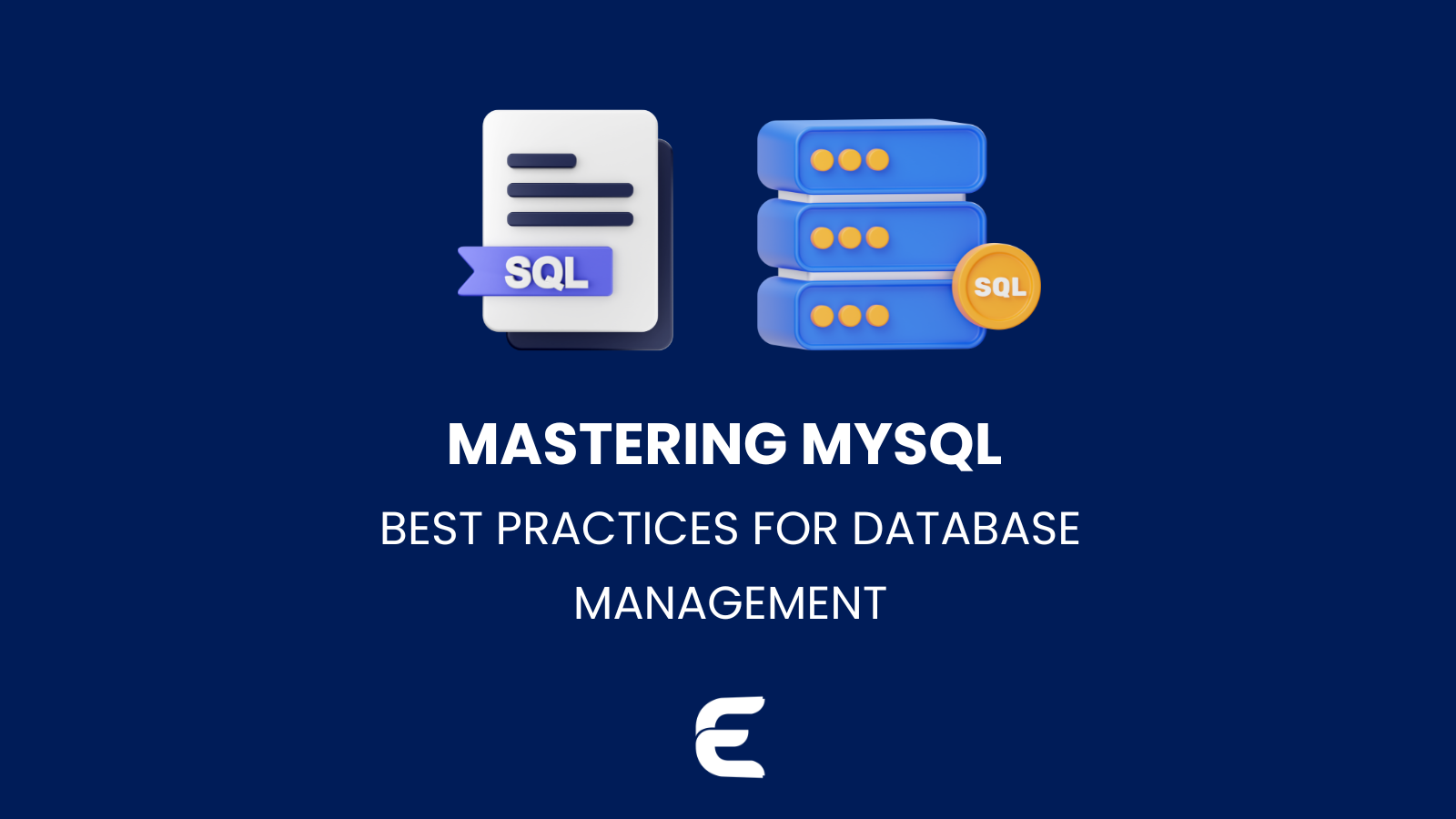In today's fast-paced world of web development, where user attention spans are shorter than ever, optimizing website performance is not just a crucial aspect of creating a successful website, but also a mission of creating a delightful user experience. Slow-loading web pages can lead to high bounce rates and user frustration, making it imperative for front-end developers to master the art of performance optimization. This blog will dive deep into the nitty-gritty of optimization techniques, covering a range of strategies that can help you ensure your web pages load lightning fast.
Chapter 1: Fast-Loading Websites
A one-second delay can potentially cost you conversions, page load speed is not just a number – it's a critical user experience and business imperative hence fast-loading websites provide various advantages:
Enhance User Experience: Speedy web pages provide a seamless and enjoyable experience, leaving users feeling delighted.
Boost SEO: Fast-loading websites are not only appreciated by users but also favoured by search engines. When search engines crawl and index web
Pages, they consider various factors, and page speed is a critical one. Search engine algorithms prioritize delivering a smooth and efficient user experience, and fast-loading sites align with this goal
Increase Conversions: Improved performance can lead to higher conversion rates and ultimately more revenue.

Chapter 2: Optimizing Images
Optimizing images is a powerful way to enhance your website's aesthetics and performance. Consider the following strategies:
Format Selection: Choose the right image format for the job. Use JPEG for photographs and PNG for images with transparency. Modern formats like WebP offer even better compression.
Compression: Compress images to reduce file size without sacrificing quality. Tools like ImageOptim and Tiny PNG can help.
Responsive Images: Serve different image sizes based on the user's device, ensuring they don't download larger images than needed.
Lazy Loading: Lazy loading improves web page loading times and user experience by loading resources like images and videos only when they're needed and visible within the user's viewport. This reduces initial load times as non-essential content is deferred until the user scrolls down. It strikes a balance between content richness and fast loading, boosting user satisfaction and reducing bounce rates.
Chapter 3: Optimizing web performance
Optimizing web performance is a pursuit of excellence that requires attention to detail and a commitment to delivering the best possible user experience. Keep your JavaScript in check with these strategies:
Code Splitting: Break your JavaScript into smaller, manageable chunks and load them as needed. This reduces the initial load time.
Minification: Minify your JavaScript code to eliminate unnecessary characters and spaces.
Tree Shaking: Tree shaking optimizes JavaScript bundles by removing unused code, resulting in smaller file sizes and faster load times. It offers granular control over which code to include or exclude, making it particularly valuable for large libraries and frameworks. Utilizing ES6 module syntax and maintaining a well-structured codebase enhances its effectiveness. This optimization technique ultimately improves web page performance and user experience.
Asynchronous Loading: Load non-essential JavaScript asynchronously, ensuring that it doesn't block the rendering of the page.
Chapter 4: CSS
CSS is another critical component in web performance optimization that can transform your website's aesthetics and functionality. Streamline your styles with these tips:
Critical CSS: Deliver critical CSS inline, allowing the browser to render content faster.
CSS Minification:Just like JavaScript, minify your CSS files.
Combine Stylesheets: Reduce HTTP requests by combining multiple CSS files into one.
Responsive Design: Implement responsive design techniques to serve appropriate styles based on the user's device.
SASS: Sass is a CSS preprocessor that enhances standard CSS with features like variables, nesting, and mixins. It simplifies CSS writing, promotes code organization, and encourages consistency. Sass code is compiled into standard CSS for use in web development, making it easier to create clean, maintainable, and responsive styles.
Some features of Sass are :
Enhanced CSS: Sass streamlines and improves CSS with features like variables, nesting, and mixins.
Variables: Store values for reuse, ensuring consistency and easy updates.
Nesting: Organize styles with nested selectors, mirroring HTML structure for clarity.
Mixins: Create reusable code blocks for a more modular and efficient approach.
Functions: Perform calculations, manipulate colours, and generate dynamic styles.
Import and Partials: Split styles into manageable pieces and import as needed for teamwork and maintenance.
Extends and Inheritance: Inherit properties for consistent, DRY code.
Compatibility: Compiles to standard CSS, compatible with all modern browsers.
Ecosystem: Supports extensions, libraries, and frameworks for faster development.
Chapter 5: Caching
Caching is an essential aspect of web performance optimization that can dramatically improve page load times:
Browser Caching: Leverage browser caching to store static assets locally, reducing the need to re-download files on subsequent visits.
A Content Delivery Network (CDN): A CDN is a network of geographically distributed servers that store and deliver web content, such as images, videos, and scripts, to users from a location closer to them. This reduces latency, speeds up content delivery, and ensures a smoother user experience, especially for global audiences. Additionally, CDNs offer enhanced security and protection against traffic spikes, making them a crucial component for modern web applications and websites.

Chapter 6: Mobile Performance Optimization: A must for Modern Websites:
Mobile performance optimization is essential for modern websites, given the prevalence of mobile users. Priorities include faster loading times, responsive design, and user-friendly content. Regular performance testing, efficient coding, and continuous monitoring are key to success in the mobile-centric digital landscape.
Responsive Design: Create responsive layouts that adapt seamlessly to different screen sizes.
Mobile-First Approach: Prioritize mobile users by starting with a mobile-first design.
Media Queries: Media queries are used to apply different styles or layouts based on the device's characteristics, such as screen width, height, or orientation.
Cost-Efficient: Developing a single responsive design is more cost-effective than building separate websites for different devices.
Chapter 7: Website Health Check:
Performance Testing Tools: Utilize tools like Google Page Speed Insights, GTmetrix, and Webpage Test to analyse your site's performance.
Load Testing: Perform load testing to assess how your website handles traffic spikes and heavy user loads. Tools like Apache JMeter and Load Impact can help you simulate high-traffic scenarios.
Content Delivery Monitoring: Monitor your content delivery network (CDN) to ensure its delivering content efficiently and reducing latency for users across different regions.
Conversion Tracking: Besides performance, track key conversion metrics like sign-ups, purchases, or other desired user actions to gauge the impact of site performance on your business goals.
Mobile Performance Testing: Specifically test the mobile performance of your website, as mobile users often have different needs and expectations compared to desktop users.
Synthetic Monitoring: Use synthetic monitoring tools to proactively test and measure website performance from various locations and devices to identify potential issues before they affect users.
Conclusion
Optimizing web performance is not just a choice but a calling to create a delightful user experience. Embrace these techniques, master the art of optimizing website performance, and watch your site become a testament to excellence in the world of web development. Your users will thank you, and your business will thrive in the fast lane of the internet.

Aaron Sharon D'Souza
Front End Developer







